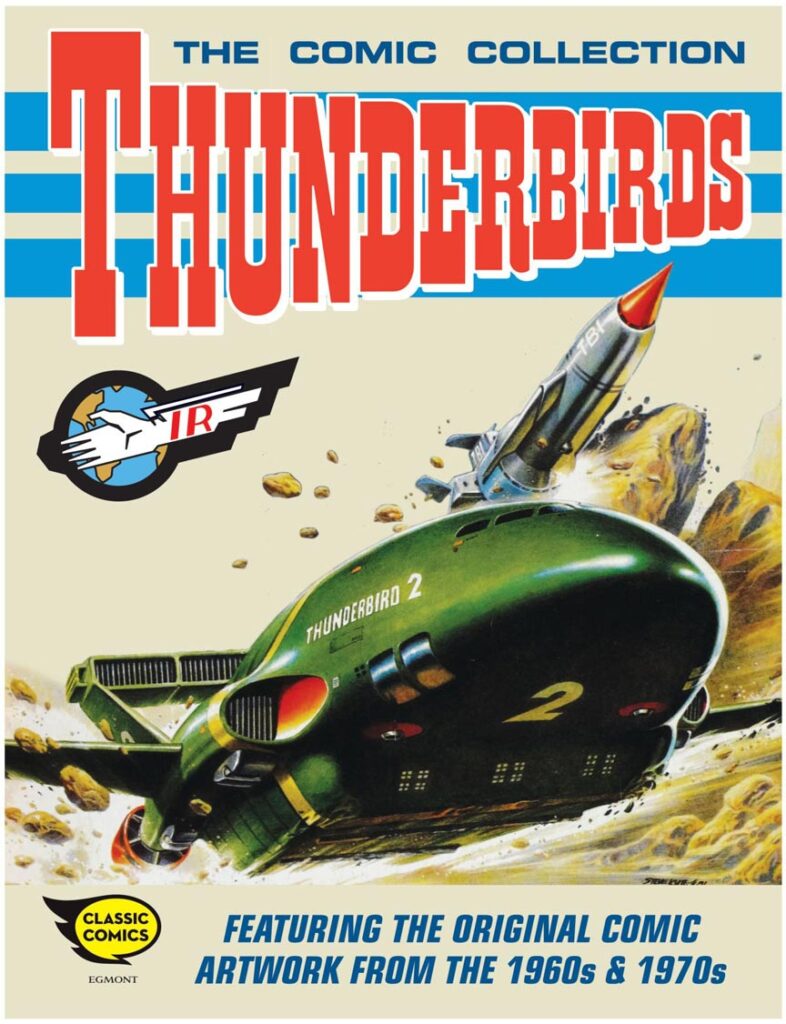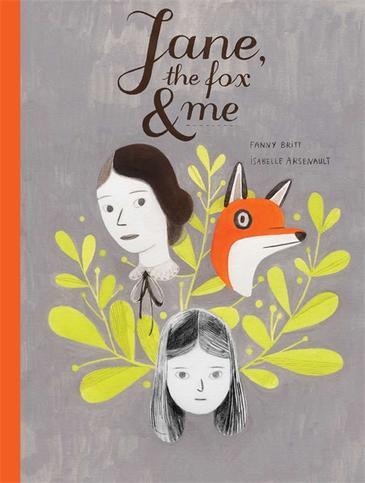Sally Murphy (text), and Martina Heiduczek (illustrator), The Riding Gallery, Walker Books Australia, July 2024, 165 pp., RRP $16.99 (pbk), ISBN 9781760657345
At first glance, The Riding Gallery appears to be a collection of poetry about a merry-go-round in St Kilda, Australia, active during World War I. Begin reading though, and the reader will soon realise that each of these poems is a snapshot from each character, all collated to form part of a much bigger picture. It’s, in fact, one story that explores three different people’s perceptions of the beginning and duration of the war, their involvement with it, how it affects them as individuals, and as colleagues who come together through change and shared experience.
With each poem, the three main characters Evelyn, Rory, and Anton, share how the war affects each of them so differently, and how it changes them, their families, and their relationships – all while Anton dreams about, and eventually delivers, Weniger’s Riding Gallery to the people in St Kilda. The historical accuracy of the World War I events is approached through the perspectives of two children – Evelyn with rose-coloured glasses who believes in hope and the strength of friendship, Rory whose brothers go to war to fight resulting in irreversible heartache – and a German man, Anton, who, in the face of adversity, wants to bring happiness and joy to people by building and running a wonderful merry-go-round.
Through each character the reader experiences the confusion, the heartache, and the sadness that war brought to Australia during World War I. The poems also paint a picture of hope, through friendship and family, and, for Anton, the desire to bring something that could lift people’s spirits despite being labelled as “the enemy” and shamed because he is German. The illustrations are few but poignant, each one evoking the feeling that they are true memories to match the poems from each of the characters.
Although the book is recommended for ages 8+, readers of all ages would enjoy The Riding Gallery, for all of its wonderful prose. The history and the authenticity of this particular story (be sure to read the author’s note at the end) doesn’t just recount the story of war and Weniger’s Riding Gallery, it also allows the reader to relive the tumultuous time of conflicting despair and hope that reflects many people’s experiences at the time – something that a reader of any age can appreciate and learn from.
Teaching notes are available at the publisher’s website.
Reviewed by Lauren Harcombe





